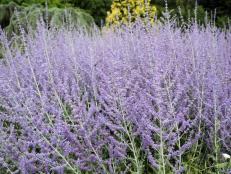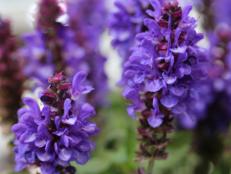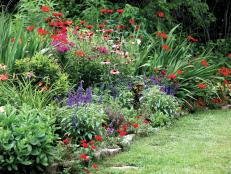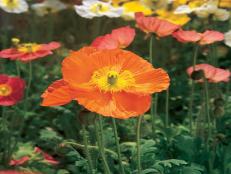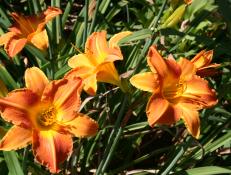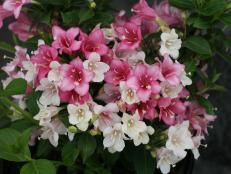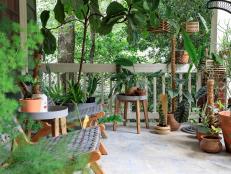Violet Sage

Photo courtesy of North Creek Nurseries
Salvia 'Caradona' is a repeat bloomer with the first blooms appearing in early summer and then again in late summer to early fall.
Plant type: Herbaceous perennial
Botanical name: Salvia nemorosa
Hardiness: USDA Zones 4 to 7
With its abundance of striking purple-blue flower spikes, violet sage is a dependable source of summer color for sunny sites. The clumps of bright to deep green, aromatic leaves look great through the growing season, and even through much or all of the winter in mild climates. Blooms first appear in late spring or early summer and usually last into midsummer. If you remove the dead flowers, the plants will rebloom later in the season. Size varies from about 18 inches in bloom to 3 feet or more, depending on the cultivar you choose. Note that S. nemorosa may also be sold as S. x sylvestris or S. x superba.
How to use it: Enjoy violet sage at the front to middle of beds and borders, where its spiky flowers contrast well with bold blooms, such as daisies, daylilies (Hemerocallis hybrids), and yarrows (Achillea spp.). Plants with white or yellow flowers or silver foliage make particularly good companions. Compact cultivars can work well in containers; try the taller selections in your cutting garden.
Culture: All-day sun is ideal. Plants may tolerate light shade but tend to sprawl in too much shade. Good drainage is a must, especially in winter. Grows well in rather lean, sandy sites. Trim any remaining top growth to the ground in early spring. Snip off individual spikes as they fade, or shear the plants back by about half after most of the blooms fade to encourage bushier regrowth and repeat bloom. Divide overgrown clumps in spring or fall.
Special notes: A favorite with bees, butterflies, and hummingbirds, but not with deer. It's also quite drought tolerant.
Selected cultivars:
- 'Caradonna'. Blooms through much of the growing season (longest with regular deadheading), with dark-stemmed, deep blue-purple flowers on 30-inch-tall plants.
- 'Mainacht' ('May Night'). Rich blue blooms; about two feet tall. 1997 Perennial Plant of the Year!
- 'Marcus'. Very compact (6 to 10 inches tall); medium purple-blue flowers.
- 'Ostfriesland' ('East Friesland'). Deep purple flowers on 12- to 18-inch-tall plants.
- 'Rose Queen'. Rosy pink spikes; 24 to 30 inches tall.
- 'Schneehugel' ('Snow Hill'). White flowers; 14 to 18 inches tall.






